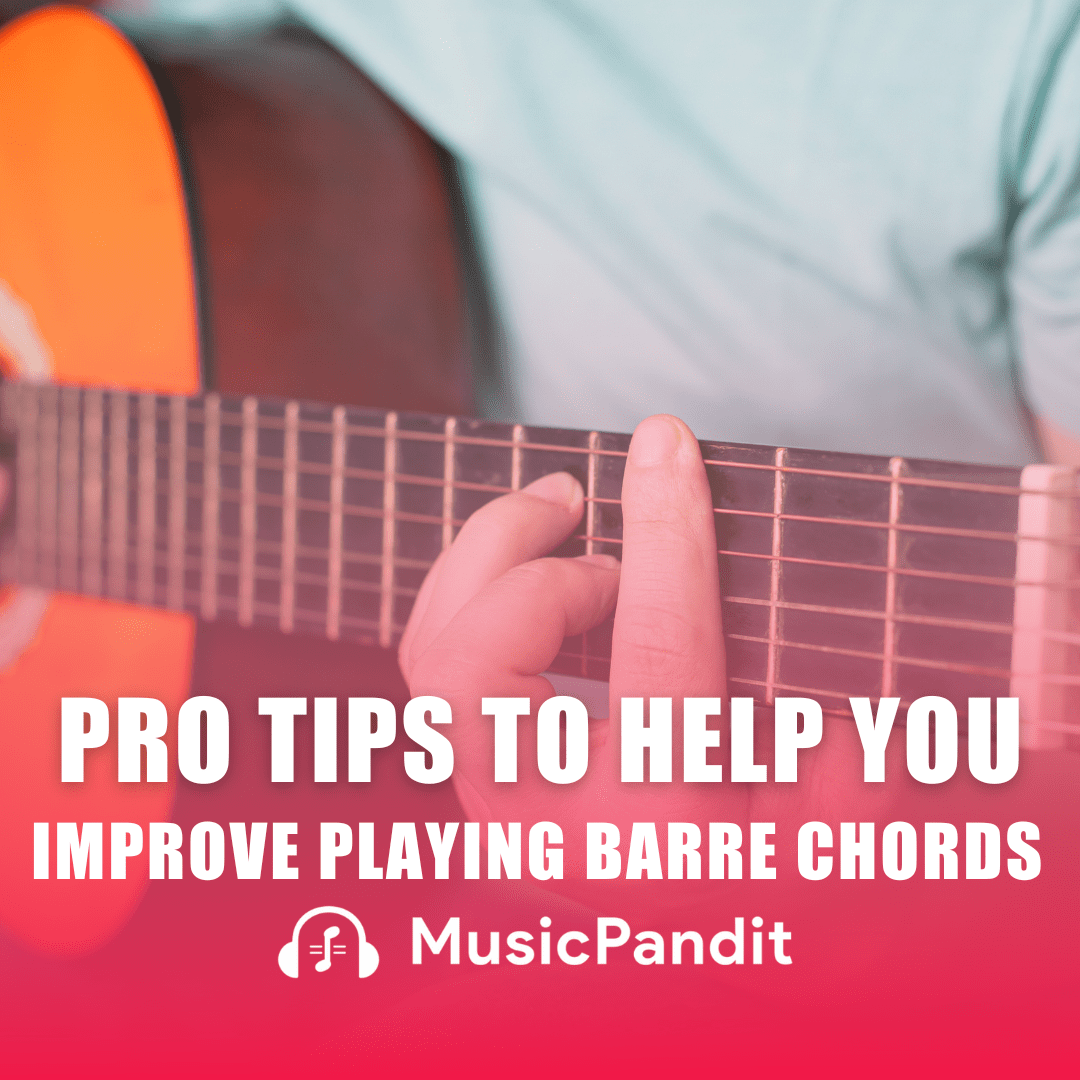It is vital to teaching beginners the correct piano posture and hand position and it must be taught from the first lesson itself. While students could overlook piano posture early on considering there are so many exciting things to learn while playing the piano, it needs to be addressed first. The correct piano posture and hand position must be followed during sessions with the piano tutor and while practising at home and consistency is key.
Good piano posture is important because it makes the players project an air of confidence and brings out a better performance from them. With the right posture, they can play with greater expression, accuracy, speed and fluidity. Poor piano posture on the other hand causes fatigue and tension in the player and adversely affects the piano player’s abilities. Muscle fatigue can also lead to injuries especially in children who have developing hands and it must be avoided at all costs.
So what is the correct posture? You need to sit at the piano with your head in line with your spine. Have a straight back and balanced head and ensure that your chin is not pulling forward as you play.
It is essentially the piano tutor who will correct a student’s piano posture and hand position. However, you can correct your own posture yourself too by paying attention to the following factors:
Height of the Piano Bench
One of the most important things to consider is the height of the piano bench. While seated, as a piano student, you must be able to reach the keys of the piano while placing your forearms in such a manner that they are parallel to the ground. If you find that your arms are angled up towards the piano keys and your wrists are bend down, then the bench you are sitting on is too low.
If on the other hand your arms are angled down towards the piano keys and your hands are below your wrists, the bench is higher than it should be. If the bench is not adjustable then foam squares can be used under the bench’s legs to increase its height. If the bench is too high, you need another bench to sit on while learning to play the piano.
This applies to both the piano bench at the tutor’s place as well as the one at home. The next thing you need to learn about correct piano posture is that your feet should be flat on the floor to provide you with a sense of stability and balance. If your feet are dangling off the bench then you require a footstool. Furthermore, if you need to play the damper pedal, use a pedal extender.
Distance of the Piano Bench
The next factor to consider is the distance at which the piano bench stands from the piano keyboard. As a piano student, your elbows need to be bent at a 90-degree angle with your fingers on the keys. If you find that your elbows are bent too much then you need to move the bench backwards.
However, if you notice that your elbows are hardly bent you need to move the bench forward. A quick way to determine the correct distance is to make a fist. Now reach forward to touch your fist to the fallboard of the piano. Your knuckles should be able to just touch it.
Correct Hand Position on the Piano
Finally, after seeing to it that you have the correct posture, it is time to ensure that you are also maintaining the correct hand position. You need to make sure that the back of your hands is in alignment with your forearms. Your fingers require to be naturally curved with the tips of your pinkie finger and the sides of your thumb resting on the piano keys.
A good way to find this hand shape or position is to cup your hands over your knee caps and continue to maintain that shape as you lift your hands to the keys. While doing so ensure that your wrists are flexible and loose and can move easily. Double-check that you are playing with the pads of your fingers without bending them at the first joint.
Related Read: What are Weighted Keys














